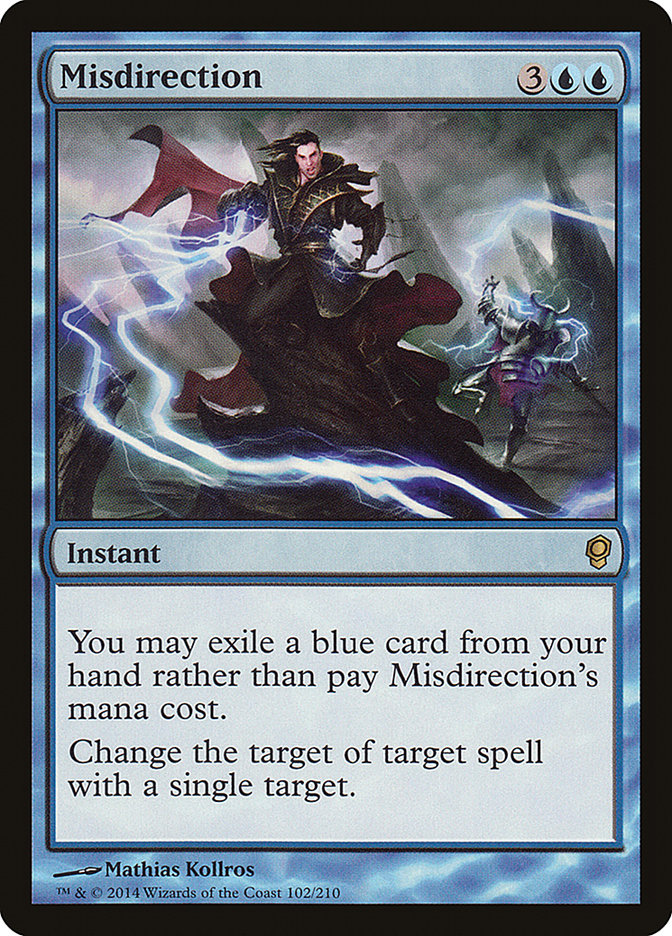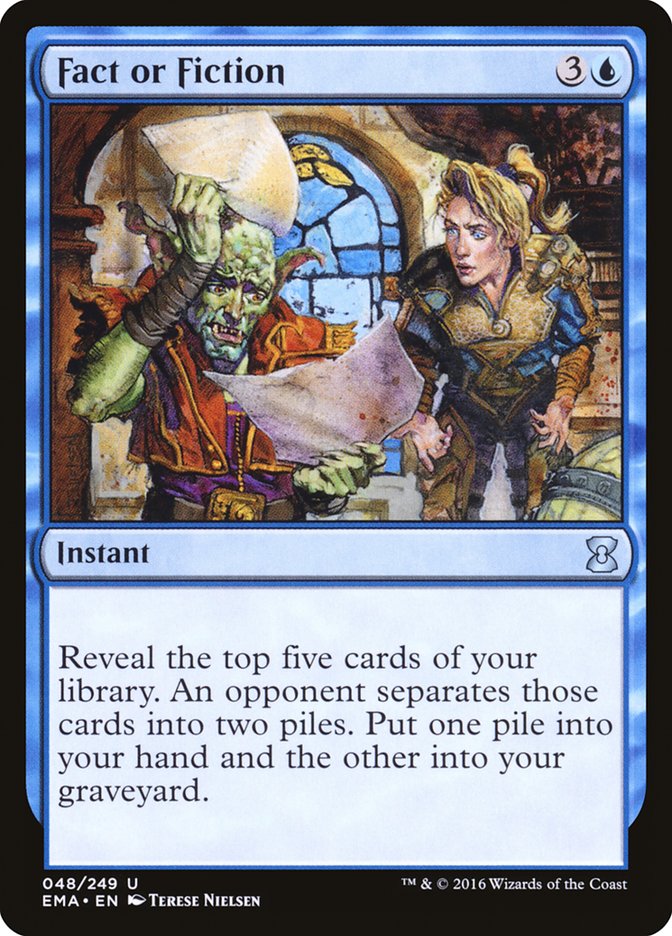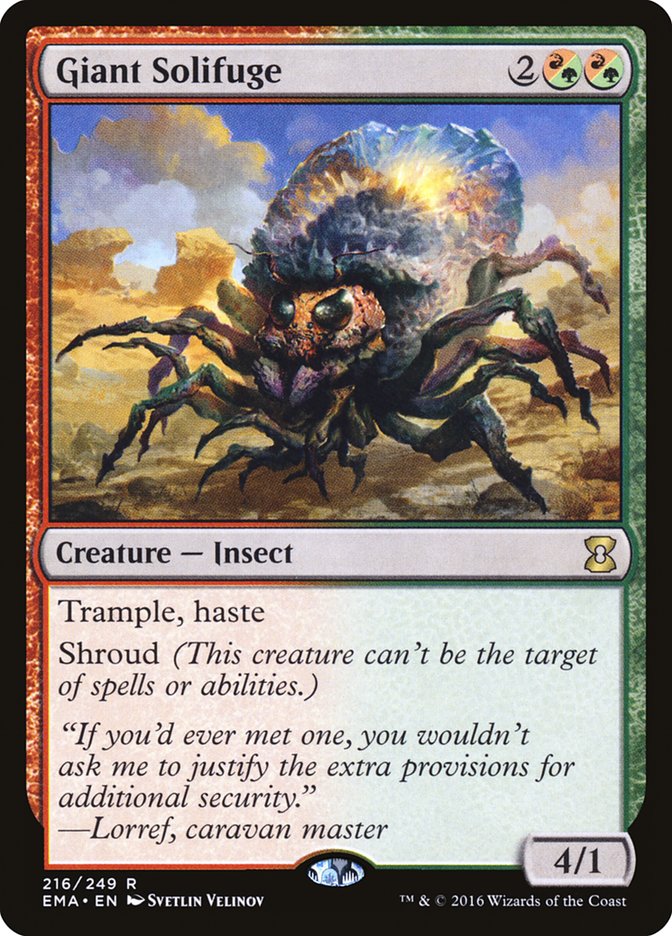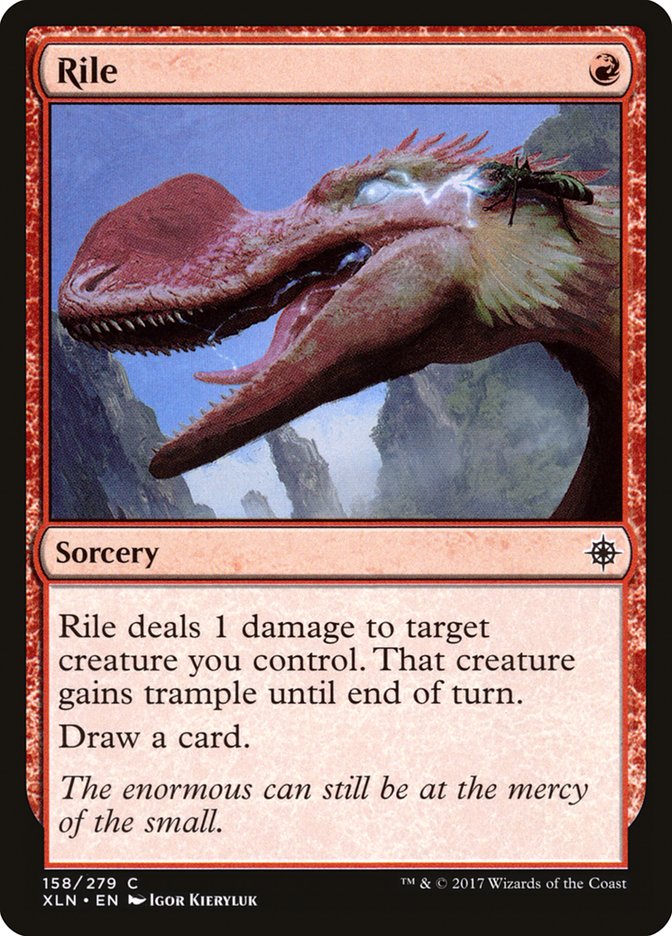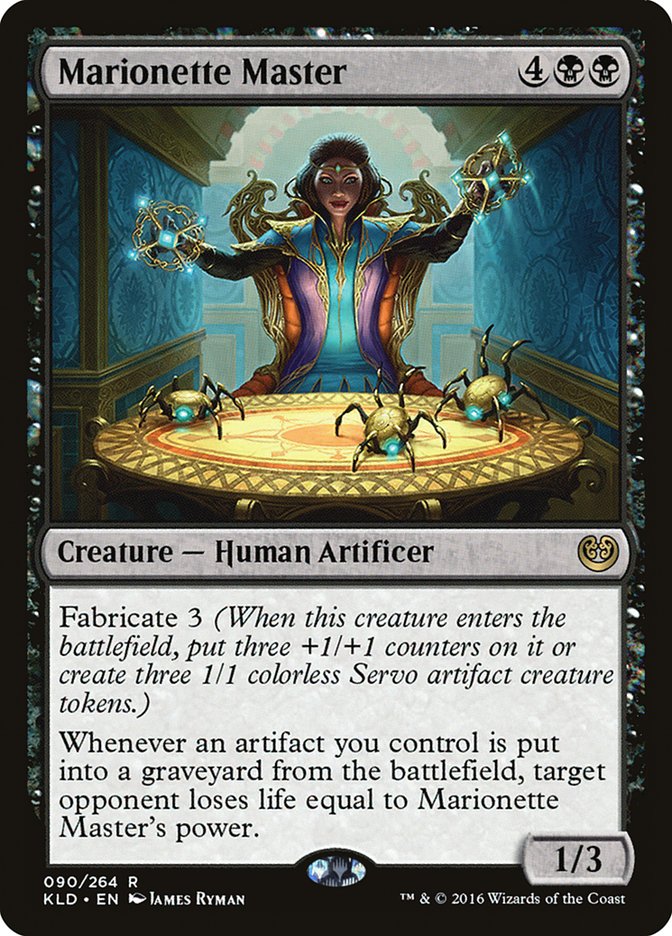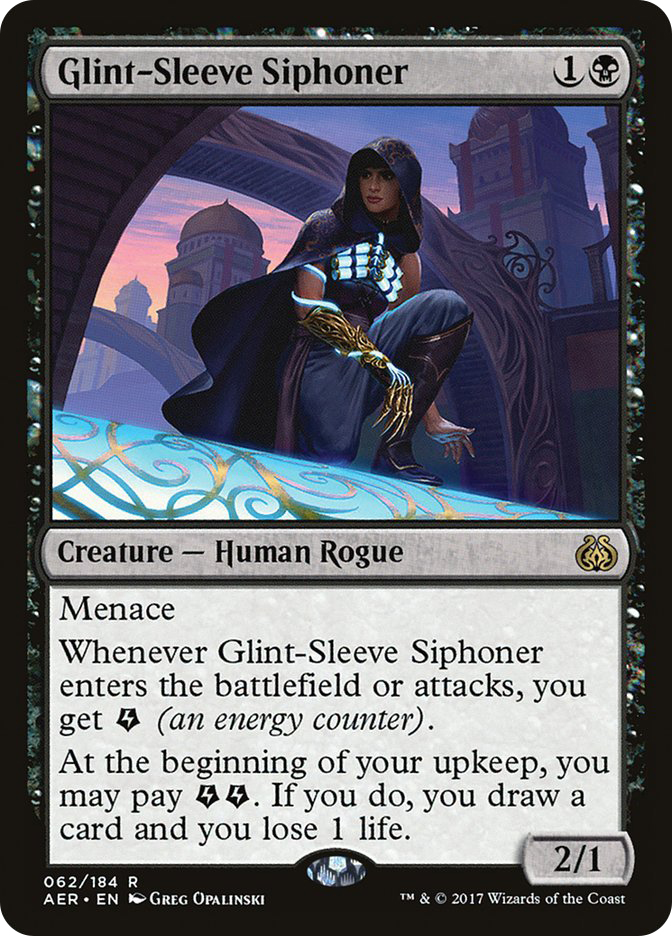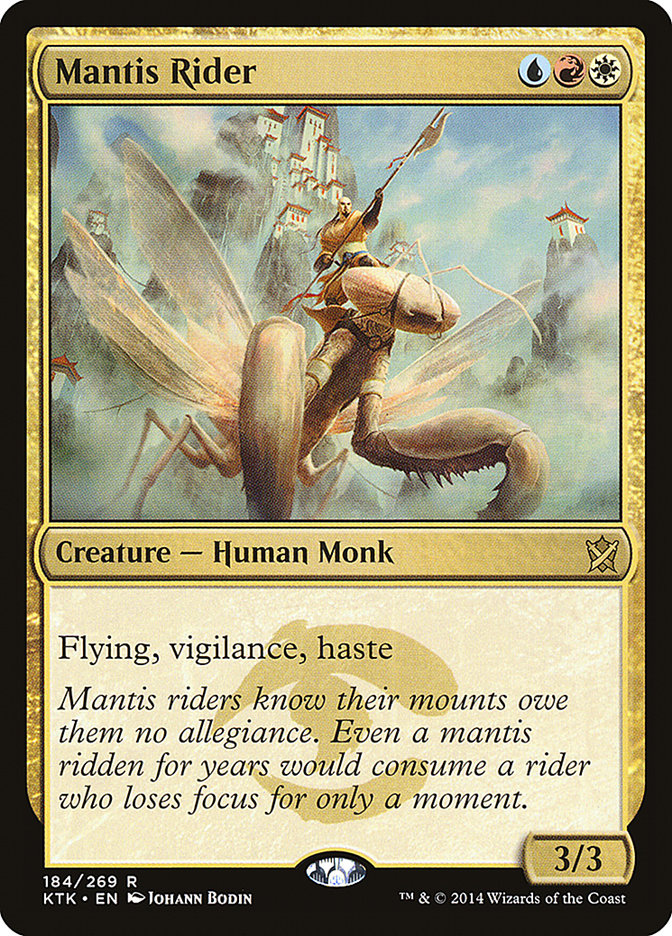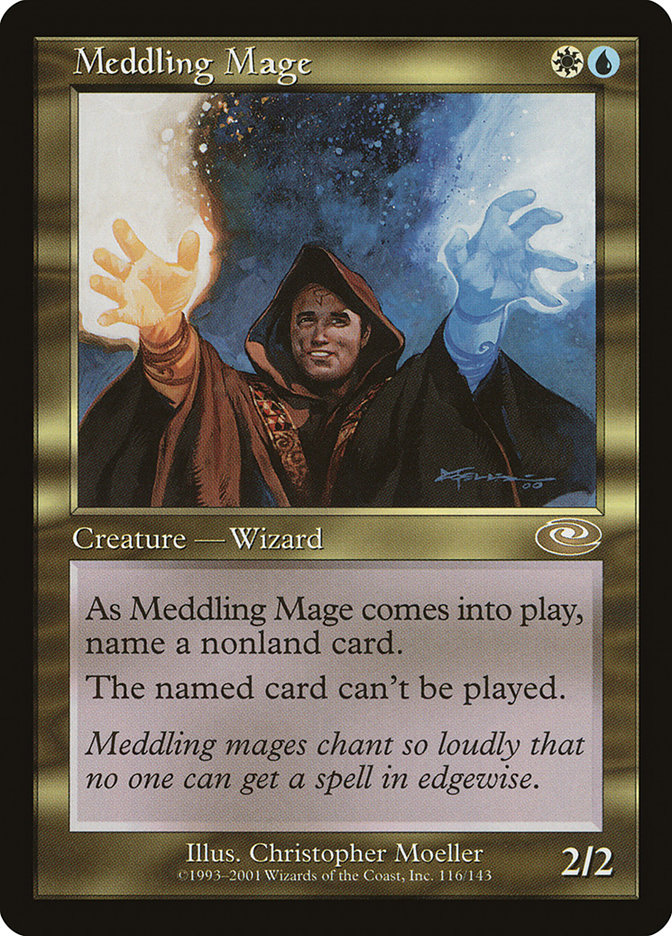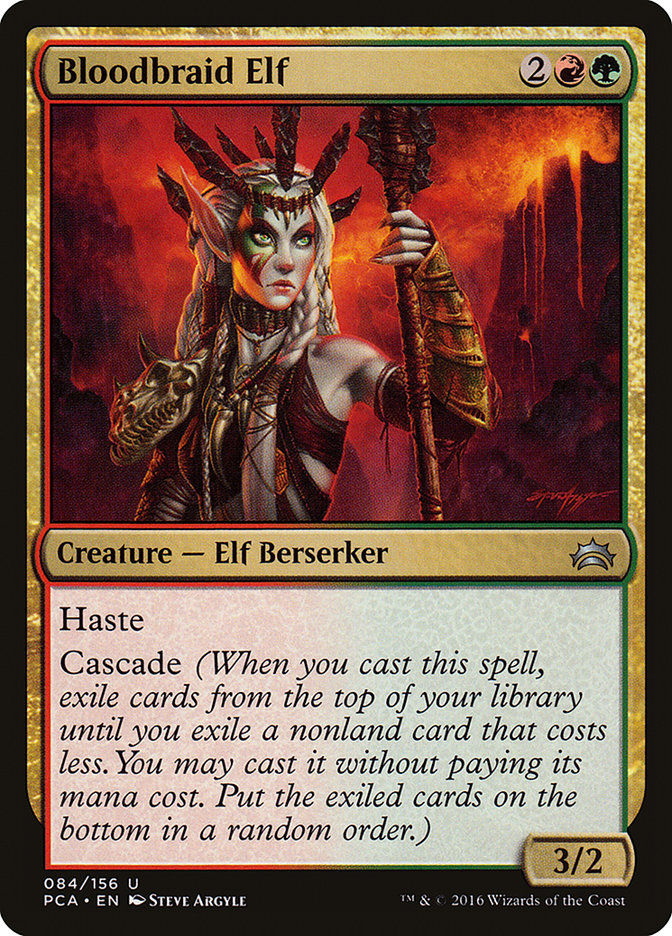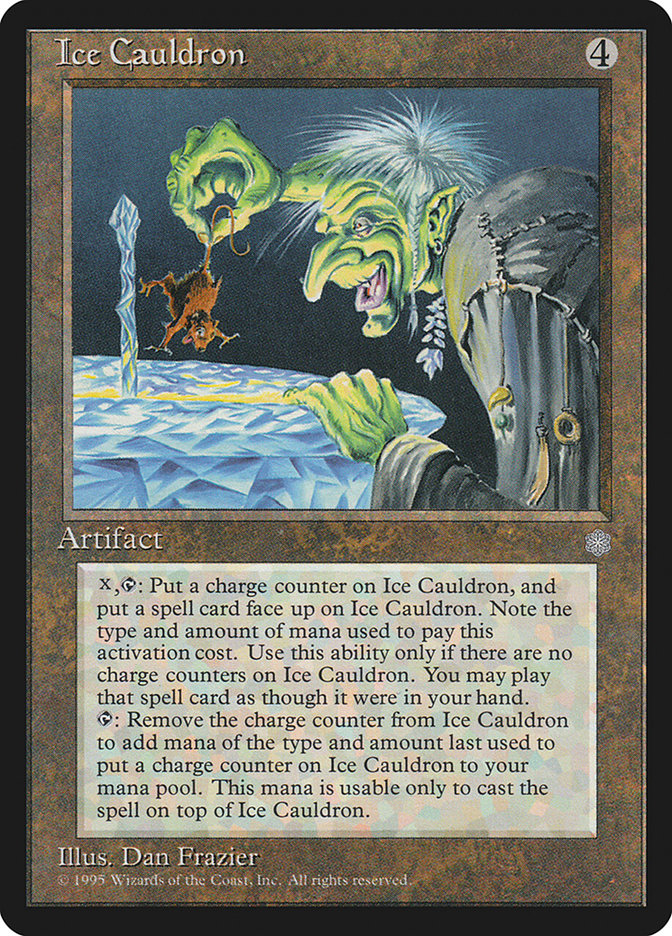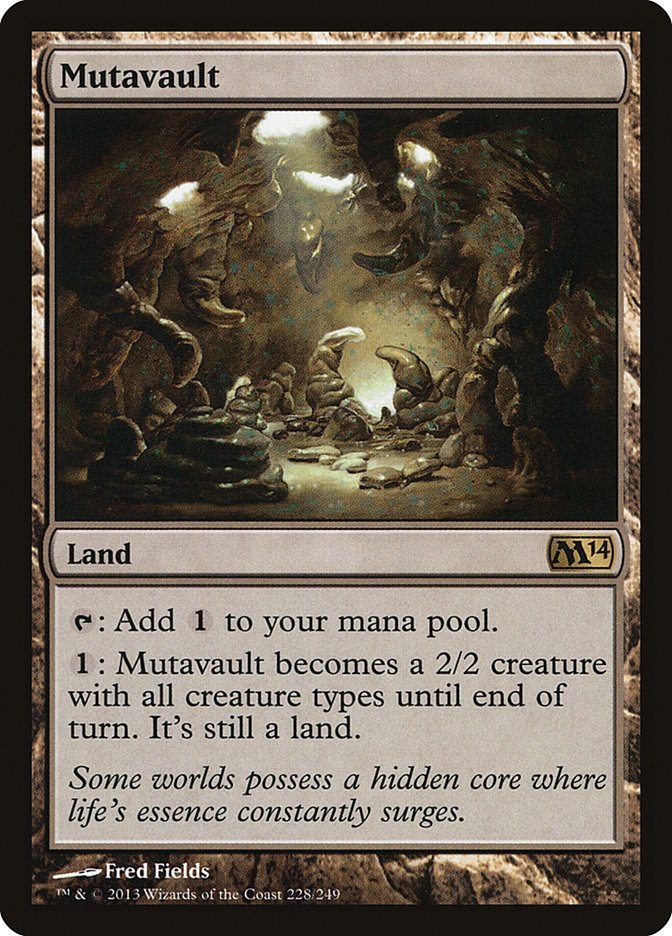Imagine a scenario with me for a moment.
You’re on the interstate, driving home from Day 2 of an SCG Open. You did pretty well, but that last loss was brutal and now you’re facing a long drive home. You can’t even justify grabbing a burger for at least another hour. You’d like to put on a podcast or something, but it’s your trip-mate’s turn to pick the soundtrack and he only wants to listen to the latest Taylor Swift single on repeat.
Bam! A bright red Corolla cuts you off. You slam on your brakes and start cursing loudly. They didn’t hit you, but it was a close call. “What a moron!” you shout. “They should pull your license for driving like that. Seriously, will they let just anybody behind the wheel in this hick state?”
“I’m just glad we’re okay,” your trip-mate says. “Say, you mind if we listen to this track a few more times? I know it’s not as good as her older stuff, but I’m really digging it.”
You make it back to your state by 10pm, and you’re almost home by midnight. You still feel pretty good, but your reaction time is starting to flag a bit. All of a sudden, you notice that the semi-truck a few hundred yards ahead of you has its brake lights on. You might not be able to slow down in time—and even if you do, the car behind you might have the same problem.
Luckily, there’s a third option. You deftly swerve into the right lane, patting yourself on the back for avoiding certain doom. Behind you, the car that you cut off honks its horn and flashes its brights at you. “Calm down!” you say. “Weren’t you paying attention?”
This story is an example of fundamental attribution error, one of the cognitive biases at the heart of social psychology. Fundamental attribution error comes into play (or enters the battlefield) whenever we attempt to figure out other people’s motivation for doing something. When we analyze our own behavior, we tend to think situationally (“I had to cut off that car because I was about to hit a truck!”). When we analyze the behavior of others, however, we tend to ignore the situation and ascribe some deeper, internal motivation (“That car cut me off because the driver is bad!”).
If you’ve been reading this column since the beginning, you might recall that I’m a big fan of the social sciences. To me, Magic finance isn’t just about movers and shakers, it’s about examining how we act, think, and make decisions I’m still proud of this 2013 article about overcoming cognitive biases, though I’d skip the part where I compare Whispering Madness to Windfall. I still have a stack of those kicking around somewhere, though I feel like I’m in good company.
I’ve never spent much time thinking about fundamental attribution error, though, and the more I think about it, the more I feel like it’s hiding at the center of everything we do. Are you ready to reconsider my motivations for writing this column? If so, read on.
Understanding Fundamental Attribution Error Increases Empathy
One of the biggest fundamental attribution errors in the Magic community occurs whenever we compare the sizes of our collections. I’ve seen players dismiss the entire Legacy and Vintage community as “rich insider speculator hoarders” while simultaneously dismissing everyone with fewer cards as “lazy newbie mooches who haven’t paid their dues.”
The more you listen to people with this attitude, the more you realize that most people believe that the correct number of Magic cards to own is exactly the number they already own—no more, and no fewer. For some, everyone who plays Modern might as well be Richie Rich. For others, the cutoff is Legacy, or Vintage, or even just a top deck in Standard.
This attitude is even more pervasive whenever we think about the cards we’ve managed to acquire before a major spike. I’m guilty of this biased way of thinking, too—since I bought my playset of The Scarab God back when the card was just $15, I have to keep reminding myself that the people who had to pay $50 for theirs weren’t “lazy.” Maybe they didn’t have the cash, or they didn’t think they’d need a copy, or they weren’t as plugged into the world of Magic finance as I am.
At the same time, I can’t help but feel like all the people who bought two dozen copies of The Scarab God at $9 each back in early July were being a tad greedy. Had I done it, of course, I would have justified the speculation as a smart reaction to a depressed market. Then I would have rolled my eyes at everyone who failed to follow my lead. The only difference is that I’m applying situational logic to my own actions while attempting to judge the “true character” of everyone else based on the exact same actions.
Why is it important to question and recognize this bias? For one, an increased level of empathy makes the Magic community a better place. It’s true that there are some Legacy and Modern players who have gobs of money and can buy their way into whatever deck they want, but there are also plenty of regular Janes and Joes who have just been playing for a decade and a half. There are also lots of brand new Magic players who shouldn’t have to feel like they don’t “deserve” to play Modern just because they haven’t had time to acquire all the cards yet.
When we talk about market trends and format accessibility, we shouldn’t be using our own collections as an anchor point from which to pass judgment. If we want to have big ethical discussions about questions like “How much should a competitive Magic deck cost?” and “When do buyouts and speculative purchases become a problem?” we need to be better about spotting the flaws in how we judge people based on the number of cards they own.
Developing a Situational Understanding of Card Values
When I wrote about why leaks hurt the Magic community last week, I was surprised to see a few people respond that one of the reasons why they liked leaks was that it allowed them to have a several-month head start in figuring out which cards to preorder before they got expensive.
I don’t love this line of thinking. For one, most reputable dealers won’t pre-sell leaked cards until they’re verified by WotC, which means that you’re relying on sketchy eBay sellers to deliver on their promises. [We actually try not to even publish images, let alone pre-sell.–Ed.] Also, what happens if the leak turned out to be false, or if you misread the blurry image? This happened when Giant Solifuge was leaked before Guildpact preview season, and we all spent a couple of weeks believing that the card would be a lot cheaper to cast than it ended up being. When the card was actually previewed, the pre-order price cratered.
Most importantly, I’m not sure that extra time actually gives us much of an advantage. Fundamental attribution error tells us that we don’t think situationally enough when we assess people, attributing those actions to their innate nature instead. I think we can extend this line of thought to card evaluation as well. When we consider the value of a card, we attribute far too much to its innate power level and not nearly enough to its current situation and place in the metagame. This leads us into all sorts of financial pitfalls.
It’s true that there are some cards that are good enough to see widespread play regardless of the situation. I can’t imagine a Standard format where Fatal Push wouldn’t be good, for example. If you slot Lightning Bolt into any historical iteration of Standard, it’ll show up in most of the best decks. Smuggler’s Copter would have been just as broken (if not more so) in Onslaught Standard, Mirrodin Standard, or Zendikar Standard.
Beyond that, it’s hard to find too many cards with values that aren’t almost entirely situational. Liliana of the Veil saw very little play during half its tenure in Standard. Siege Rhino would have been unplayable in a format with lousy mana fixing. Chandra, Torch of Defiance looked like a bust at first. Even Jace, the Mind Sculptor seemed fair when Bloodbraid Elf was legal at the same time.
None of this should be news to anyone—we’re all aware that the metagame matters when evaluating cards, after all—but I suspect that we are all consistently overestimating raw power level and underestimating situational value. And this has some pretty significant ramifications.
First, we should probably be a little more willing to believe in a “bust” when it starts making waves in Standard. We’ve all gotten a bit better at this in recent years, but the reluctance is still there at times, especially when it’s a card that a lot of people lost money on during the preorder period.
More importantly, we should probably be quicker to bail on cards that stop showing up in the metagame. This is harder to do, especially since metagames shift back and forth constantly, but how often have you held onto a card that you should have because “It’s so powerful, I’m sure it’ll eventually see play!” This is especially true early in a format, when a card (think Ripjaw Raptor) hasn’t even proven itself on the field of battle yet.
Last, I think we all need to take set reviews and pre-order evaluations with an even bigger grain of salt than we already do. The intrinsic power level of a card still matters, of course, but probably not as much as you think.
Fundamental Attribution on the Trading Floor
Trading has fallen out of favor in recent years, in part due to an overall erosion of trust. The “everyone in this room is a shark who wants to chow down on my binder and spit out the bones” mentality has taken over, and I certainly understand why. I’ve sharked people in the past, and I can certainly point you to a handful of people who still make a decent profit sharking their way through various local shops and major events.
Luckily, an understanding of fundamental attribution error can help us out here. First, it’s important to remember that most people don’t have a fundamental nature when it comes to trading—sure, there are a handful of folks who will always bully their way into lopsided deals, but I bet you already know who these people are and already know to avoid them. Everyone else’s trading mentality is going to vary a lot more based on the situation than you think.
So talk to them. Are they 6-0 in a Modern event? Maybe they’re high on the format and willing to overpay for your Modern staples. Have they gone 0-2-drop in Standard for the second week running? They might be frustrated with their deck and willing to deal at a discount. Personally, I know that my trading practices change entirely depending on how well I’m doing in the event. If I’m easily winning games, I tend to feel generous and I’m much more willing to lose value in order to get the cards I want. If I’m doing poorly, I “tighten up” and try to recoup my battlefield losses while trading between rounds.
Don’t forget that your trade partner is likely making fundamental attribution errors of their own, too. You might assume that they understand why your tone is short and your body language is harsh—if only you’d drawn just one of your sideboard cards in Round 3!—but chances are, they’re assuming that your attitude is a reflection of your true nature. Since continued relationships are the backbone to good trading, explaining your situation is never a bad call. Sometimes it’s best to just say, “Sorry, I don’t feel like trading right now. I’m still really steamed about that last round.”
Fundamental Attribution on the Battlefield
I know that you don’t read this column for the strategy advice, but I felt like I’d be failing my audience if I didn’t at least mention how useful an understanding of fundamental attribution error can be while playing Magic.
I don’t know about you, but I’m constantly making assumptions about my opponents based on dozens of different factors: how aggressive their decks tend to be, how well they use combat tricks, how far forward they tend to plan their actions. If I’m paired up against the same opponent often enough, especially at a local shop or tournament scene, I’ll start making some broader fundamental judgments about who they are as a player.
Knowing your opponent’s tendencies can give you a major advantage in a game like Magic, where so much of the competition is mental, but fundamental attribution error tells us that we are probably overestimating our snapshot of their nature and underestimating the situation at hand. For example, just because a player is usually too aggressive doesn’t mean that you should ignore the threat of sandbagged removal in a situation where such a thing might hold you back.
It’s also worth noting that your opponent’s approach to each game is probably going to depend more on situational cues—how their last few rounds played out, how late in the day it is, etc.—than you think. These changes in play patterns are less prevalent on the higher rungs of tournament play, where play tends to be much tighter overall, but an understanding of fundamental attribution error can be crucial as you grind your way up.
This Week’s Trends
The Standard market is pretty darned slow right now. The biggest news is that Temur Energy has eclipsed both Sultai Energy and Ramunap Red, making it the clear top deck in the metagame.
Creatures (23)
- 4 Longtusk Cub
- 3 Bristling Hydra
- 4 Whirler Virtuoso
- 4 Servant of the Conduit
- 4 Rogue Refiner
- 3 Glorybringer
- 1 Carnage Tyrant
Planeswalkers (2)
Lands (22)
Spells (13)

The second tier lists (Ramunap Red, Sultai Energy, W/U Control, Abzan Tokens, Mardu Vehicles, Esper Gift) are pretty much the same decks we saw at the format’s inception, but the reign of The Scarab God seems to have hit a bit of a snag. The U/B-based strategies have fallen off, and as a result The Scarab God has lost about a quarter of its value on Magic Online. That price drop hasn’t translated into paper yet, and there’s still a very good chance that The Scarab God will reassert its dominance at the Pro Tour, but I’m bailing on my extra copies of The Scarab God ASAP. The metagame is blowing in the other direction right now, and the price might start to catch up.
On the other side, I can’t find a single Standard card that gained more than a buck over the past week. Marionette Master and Glint-Sleeve Siphoner are on upward trajectories, but the ship has long since sailed on speculating on either of them, and I don’t see either going too much past the $3-$5 range. I’ve seen some buzz around Treasure Map, but I’m not terribly intrigued at current retail.
Modern is a lot more interesting. The Top 8 at the Modern Open in Cincinnati featured eight different decks, including a Four-Color Humans deck from up-and-coming rogue builder Collins Mullen. There haven’t been a ton of spikes from this list yet, but Meddling Mage and Ancient Ziggurat have both seen modest gains and I wouldn’t be surprised if some of the other cards end up getting a boost as well. This is a fairly affordable deck other than Aether Vial, Noble Hierarch, and Horizon Canopy, so I’d imagine interest will continue to grow.
Mantis Rider is a decent bulk rare spec, both versions of Thalia have proven themselves in Eternal play already, and Ancient Ziggurat could easily end up around $10.
The FNM promo version of Bloodbraid Elf doubled in price over the past couple of weeks, but the normal version hasn’t moved much yet. I don’t love foil speculation outside of Vintage and Commander, so I’d be more likely to go in on the non-foils anyway. This might be your last chance to get in before the unban hype starts taking off in January and February.
Speaking of shiny things, foil Spell Quellers have tripled(!) in price due to Modern hype. The non-foil hasn’t budged yet, but it’s only a matter of time. I bet the card surges past $10 at some point this winter.
Over in Commander, the Ice Age rare Ice Cauldron spiked from bulk to $5 this week because…I don’t know, maybe someone actually decided to read all that text?
I tried to read it three more times while writing this sentence, but my eyes just sort of glazed over each time. It’s actually pretty awesome in Commander, so maybe this spike is legitimate? Regardless, Ice Cauldron is a Reserved List rare, so it’s probably not going down to bulk again anytime soon.
A couple of major 2018 promos were announced this week: the GP promo will be Mutavault, and the RPTQ promo is going to be Noble Hierarch. The RPTQ printings have been under-printed enough for me to doubt that this will move the needle on Noble Hierarch.
Mutavault is more interesting. It’s a $15 card that sees play in a couple of second-tier Modern decks, and normally I’d expect a card like that to end up around $5. Mutavault is one of those cards that can be absently slotted into pretty much any Commander deck, though, so the promo shouldn’t tank the way Progenitus did. I doubt it’ll drop any further than $10, so there’s no need to sell your extras if you don’t want to deal with the hassle of buying back in.
Last, I wanted to spread the word that some Ixalan double-faced cards were printed on incorrect card stock. Not only might these cards feel a little “wrong,” they’re missing the layer of blue cardboard that usually denotes authenticity. Of course, you won’t know this without ripping your card in half.
I really hope WotC gets their printing issues in control, because the overall loss in quality has been noticeable over the past couple of years. I don’t see any of this affecting the market too much right—it’s not like we can go to another source for our sweet, sweet Magic cards—but it’s worth staying on top of as we move forward.


